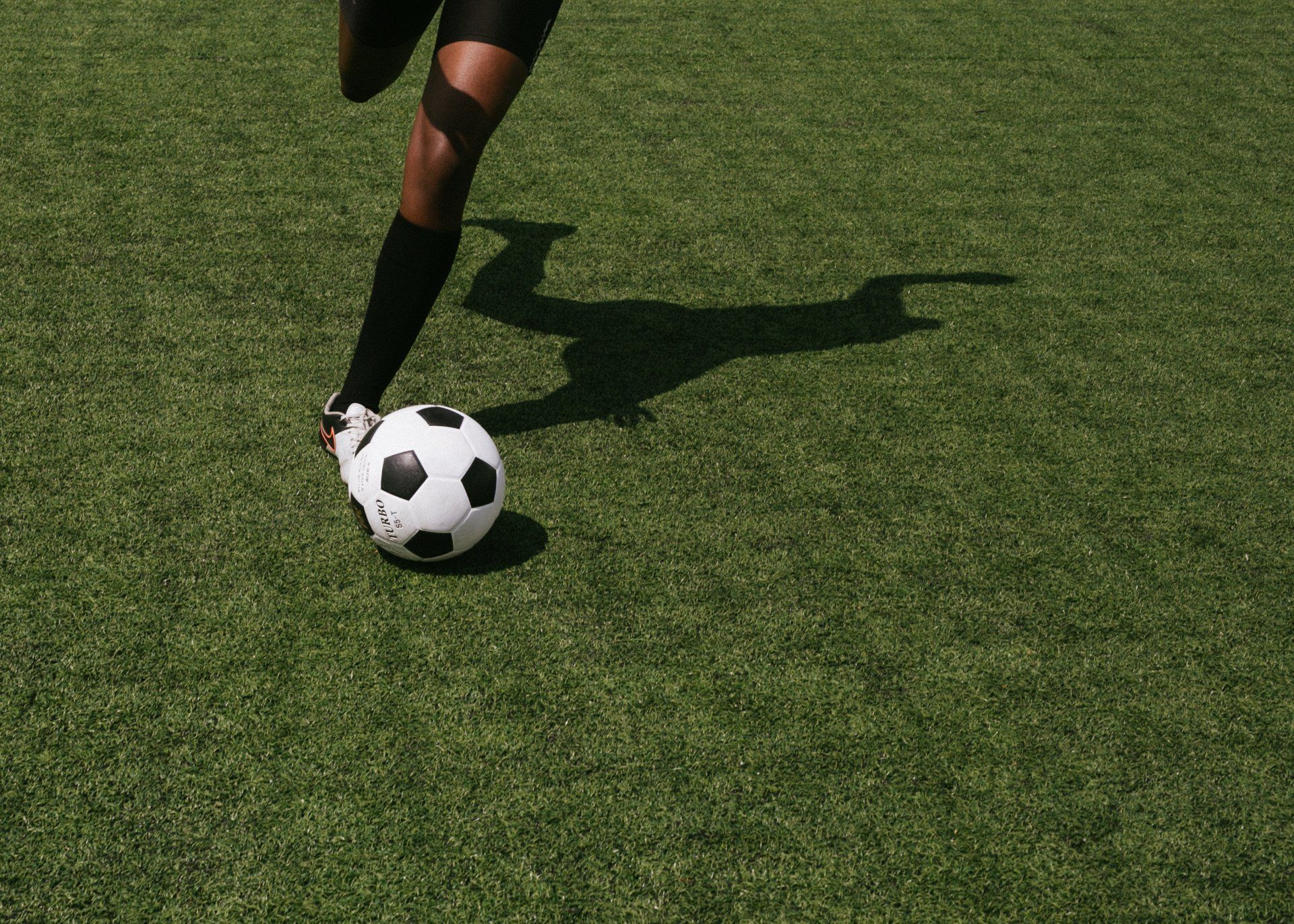Peripheral Artery Disease: Complications and Prevention
Peripheral Artery Disease (PAD), Part 3

Peripheral artery disease (PAD) is a narrowing of the arteries supplying blood to the arms, legs, or abdomen. The narrowing is usually caused by the accumulation of plaque along the walls of the blood vessels.
We saw the causes and symptoms of PAD in the blog post, Peripheral Artery Disease, Part 1.
In part 2, we discussed the risk factors and how it is diagnosed and treated.
Part 3 will include possible complications, prevention, and an overview of the condition.
Complications
Peripheral artery disease puts you at a higher risk for coronary artery disease, heart attack, and strokes.
Other complications that may result from PAD include:
- Chronic poor blood flow
- Trouble performing daily activities
- Sores, if left untreated, can lead to infection, gangrene, and possibly amputation.
- Acute limb ischemia (decreased oxygen from lack of blood): This is a medical emergency. Call 9-1-1 if you suddenly lose feeling in your foot or leg, cannot move it, or it becomes blue or pale and grows colder than the other foot or leg.
Prevention
You can prevent peripheral artery disease or reduce symptoms with some simple lifestyle changes.
- Get regular exercise
- Eat a heart-healthy diet, low in saturated fats.
- Quit smoking.
- Maintain a healthy weight.
- Manage your blood pressure and cholesterol.
- Manage your stress.
- Manage your diabetes.
- Go for regular check-ups for your blood pressure and other risk factors.
- Keep a close eye on your legs and feet for sores.
- Avoid over-the-counter medications that contain pseudoephedrine, which constricts blood vessels.
Take Away
Peripheral artery disease is the narrowing of the arteries in the arms, legs, or abdomen due to plaque build-up on the lining of the vessels.
Symptoms and risk factors are similar to those of coronary artery disease.
Treatment may be lifestyle changes, medication, angiograms with possible stents, or possibly a bypass graph.
Call your doctor if leg pain does not go away within 5 minutes of resting, your symptoms change or get worse, or you contract cellulitis or other infections. Call 9-1-1 for acute limb ischemia, as mentioned above.
Contact me for health articles or blog posts to educate your readers.
Thank you for reading my blog!
Sources:
Mayo Clinic. (2022). Peripheral artery disease (PAD) - Symptoms and causes - Mayo Clinic
CDC. (2021). Peripheral Arterial Disease (PAD) | cdc.gov
AHA. (2021). About Peripheral Artery Disease (PAD) | American Heart Association
NIH. (2022). Peripheral Artery Disease - What Is Peripheral Artery Disease? | NHLBI, NIH











